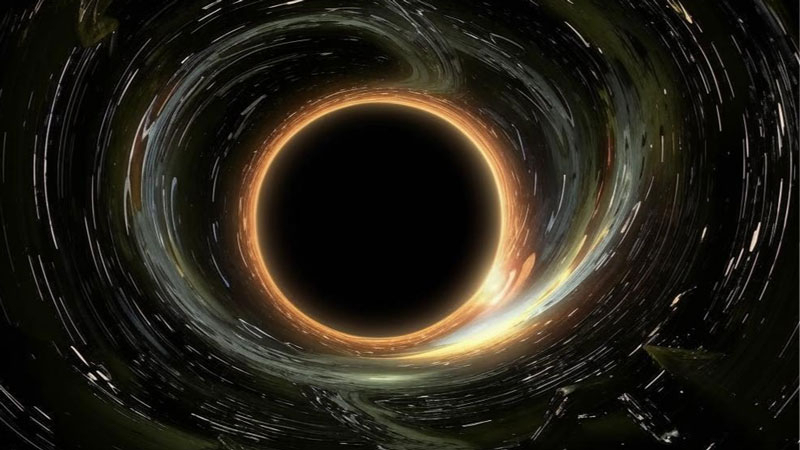New work by astronomers sheds light on the mystery of the massive formation of supermassive black holes in the early Universe. Under normal conditions, their rate of absorption of matter would not allow them to grow to the observed sizes. Alternative hypotheses also do not explain this phenomenon. At least a new census of supermassive black holes in the early Universe has revealed many more such objects than previously thought.

Image source: AI generation Kandinsky 3.0/3DNews
In a new study, using Hubble observations (in a separate paper this was confirmed by Webb observations), astronomers looked for supermassive holes (SMHs) and signs of their existence in the first billion years after the Big Bang. So far away (or so early), supermassive holes reveal themselves only in the form of quasars – active galactic nuclei or, in fact, actively feeding supermassive black holes at their centers.
The problem is that not all SBHs can be detected this way. Black holes can feed on the matter falling on them in portions and remain invisible for a long time at such distances, because in the absence of accretion they do not emit anything. This is exactly what scientists discovered, as they reported in an article in the Astrophysical Journal Letters. It turns out that there were many more, much dimmer black holes in the early Universe than previous estimates had suggested. Importantly, this may help understand how they formed, and why many of them appear more massive than expected.
In a new paper, scientists have concluded that there are many times more high-mass black holes in the early Universe than previously thought. The standard cosmological model does not allow for the formation of so many massive black hole seeds from the collapse of clouds of matter. There would simply not be enough accumulations of dark matter, which would ensure the collapse of matter before the birth of the observed number of massive black holes or their embryos. Thus, scientists come to the conclusion that the mechanism of multiple formation of supermassive black holes in the early Universe could also be different.
Scientists propose to look for an alternative or additional mechanism for the appearance of embryos of supermassive black holes in some primordial stars. Typically, a star of a certain mass, after going supernova, would collapse its core before becoming a black hole. But if dark matter entered the core of the primary star, this would delay the occurrence of nuclear fusion at the usual stage and allow the star to gain thousands of times more mass. As a result, its core would still collapse under the influence of gravity and become a black hole. But it would already be an initially massive black hole, the power dynamics of which would already fit well with the evolution of these objects known to us.
In theory, astronomers can detect such “dark” stars and even catch them in the process of supernova explosions, but this will require the efforts and coordinated actions of many scientists.